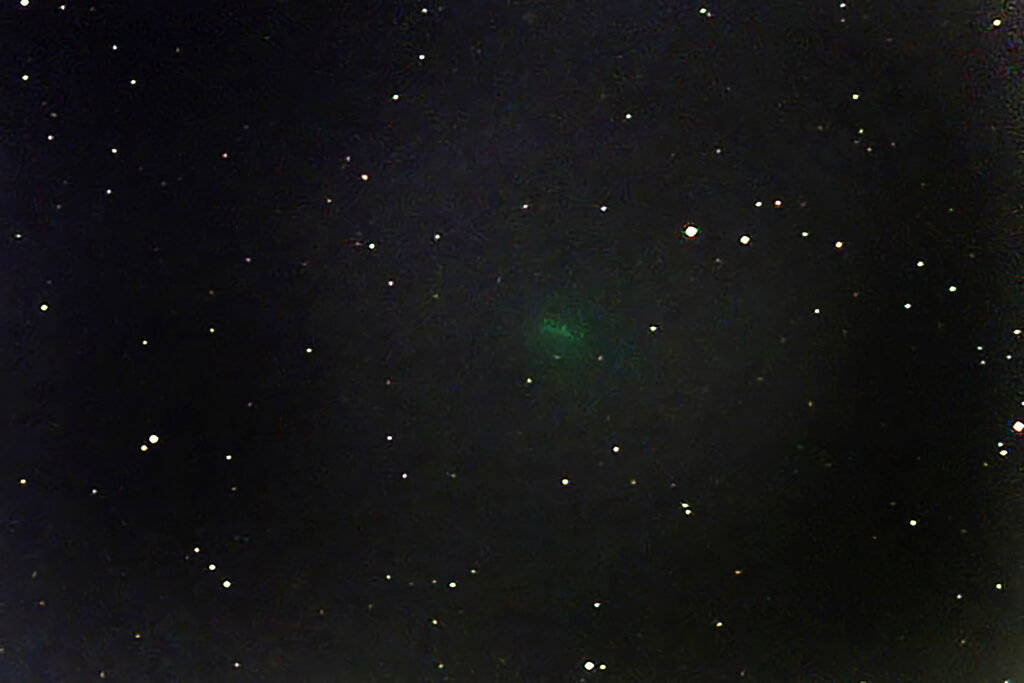
Figure 1 -Comet P144Kushida – Seestar 50 s First Light 11 th mag. Feb. 19, 2024
I do have just a bit more to say about comets. Comets in the telescope, when they are distant, are little fuzzies. Figure 1 of Comet P144 Kushida, taken with my Seestar 50s ( a fifteen minute ( 80 frame stack) is not so exciting. It was one of my first light photographs with that telescope. At the time, I considered it to be a tour de force – a little fuzzy blob at 11th apparent magnitude.
It is illustrative of an important point about object brightness in astrophotography. When you’re talking apparent magnitude for points of light like stars things are pretty clear. And I’ve seen Seestar 50s images of Pluto, which usually comes in at mag 12 to 15. But for little fuzzies it’s more complicated.
In general, apparent magnitude is a scale used to measure the brightness of celestial objects as seen from Earth. The term “apparent” is important because it refers to how bright an object appears to an observer on our planet, not its actual luminosity. The scale is logarithmic, meaning each difference of 5 magnitudes corresponds to a factor of 100 in brightness.
For example, a star with an apparent magnitude of 1 is 100 times brighter than a star with an apparent magnitude of 6. The lower the number, the brighter the object. Some of the brightest objects in the sky, like the Sun, have a negative apparent magnitude, with the Sun’s magnitude being about -26.7.
For fuzzy objects, comets, galaxies, nebulae the apparent magnitude is an integration of all of the light as if it were focused down to a point. Think of the Andromeda Galaxy, Messier 31. At apparent magnitude 3.4 it appears quite bright to the naked eye. However, it is six moon diameters in angular size. If you were to focus all that light down to a starlike point it would be much brighter. Indeed, it would shine with magnitude 3.4.
